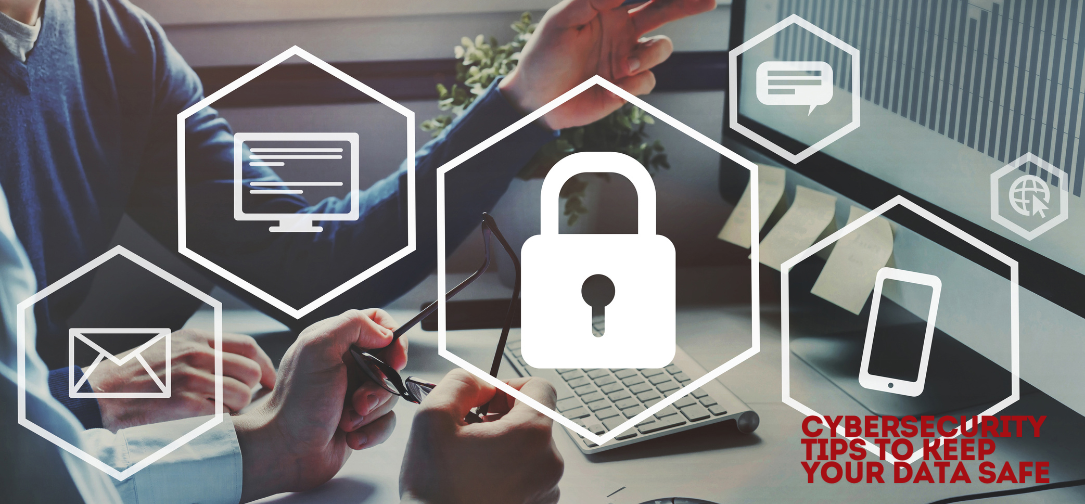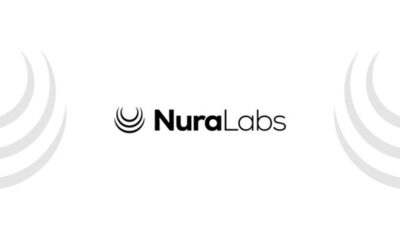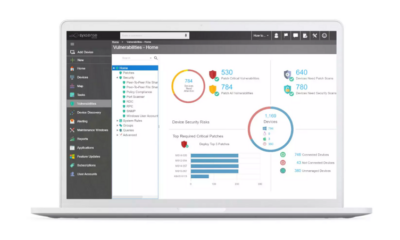Cybersecurity
Top 5 Cybersecurity Tips to Keep Your Personal and Business Data Safe in 2025

In an era of escalating digital threats, safeguarding personal and business data has become paramount. Cybercriminals are employing sophisticated tactics, making it essential for individuals and organisations to adopt robust cybersecurity measures. This report outlines the top five cybersecurity strategies for 2025, providing actionable insights to enhance your digital security posture.
1. Implement Multi-Factor Authentication (MFA) Across All Accounts
Multi-Factor Authentication (MFA) adds an extra layer of security by requiring users to provide two or more verification factors to gain access to a resource. This approach significantly reduces the risk of unauthorised access, even if login credentials are compromised.
Recent cyberattacks, such as those targeting Marks & Spencer and the Co-op, have highlighted the vulnerabilities in systems lacking MFA. Experts recommend enabling MFA on all accounts, especially those related to finance and sensitive data. Utilising authenticator apps or hardware security keys can further enhance protection.
2. Regularly Update and Patch Systems
Keeping software and systems up to date is crucial in defending against cyber threats. Cybercriminals often exploit known vulnerabilities in outdated software to gain unauthorised access.
Implementing a routine update schedule ensures that security patches are applied promptly. Organisations should prioritise updates for operating systems, applications, and firmware. Automated patch management tools can assist in maintaining up-to-date systems, reducing the window of opportunity for attackers.
3. Utilise Strong, Unique Passwords and Password Managers
Weak or reused passwords are a common entry point for cybercriminals. Creating strong, unique passwords for each account is a fundamental security practice. Password managers can generate and store complex passwords, reducing the burden on users to remember multiple credentials.
In light of recent data breaches, such as the one affecting legal aid applicants in England and Wales, individuals are advised to change compromised passwords immediately and monitor accounts for suspicious activity.
4. Educate and Train Employees on Cybersecurity Best Practices
Human error remains a significant factor in cybersecurity incidents. Regular training and awareness programs can empower employees to recognise and respond appropriately to threats.
Topics should include identifying phishing attempts, handling sensitive information securely, and correctly using company resources. Creating a security culture within the organisation encourages proactive behaviour and reduces the likelihood of successful attacks.
5. Implement Regular Data Backups and Recovery Plans
Data loss can occur for various reasons, including cyberattacks, hardware failures, or natural disasters. Regularly backing up data ensures that information can be restored during a loss.
Organisations should establish comprehensive backup strategies, including off-site and cloud-based solutions. Regular testing of backup and recovery procedures is essential to ensure data integrity and availability.
Conclusion
Adopting a proactive and comprehensive approach to cybersecurity is essential as cyber threats evolve. Implementing Multi-Factor Authentication, maintaining updated systems, using strong passwords, educating employees, and ensuring regular data backups are critical to protecting personal and business data. By staying informed and vigilant, individuals and organisations can mitigate risks and enhance their security posture in 2025 and beyond.
-

 Foreign Policy5 days ago
Foreign Policy5 days agoInside Schedule F: Will Trump’s Federal Workforce Shake-Up Undermine Democracy?
-

 Press Release4 days ago
Press Release4 days agoIn2space Launches Campaign to Make Space Travel Accessible for All
-

 Press Release7 hours ago
Press Release7 hours agoNura Labs Files Revolutionary Patent: AI-Powered Wallet Solves the $180 Billion Crypto Staking Complexity Crisis

























